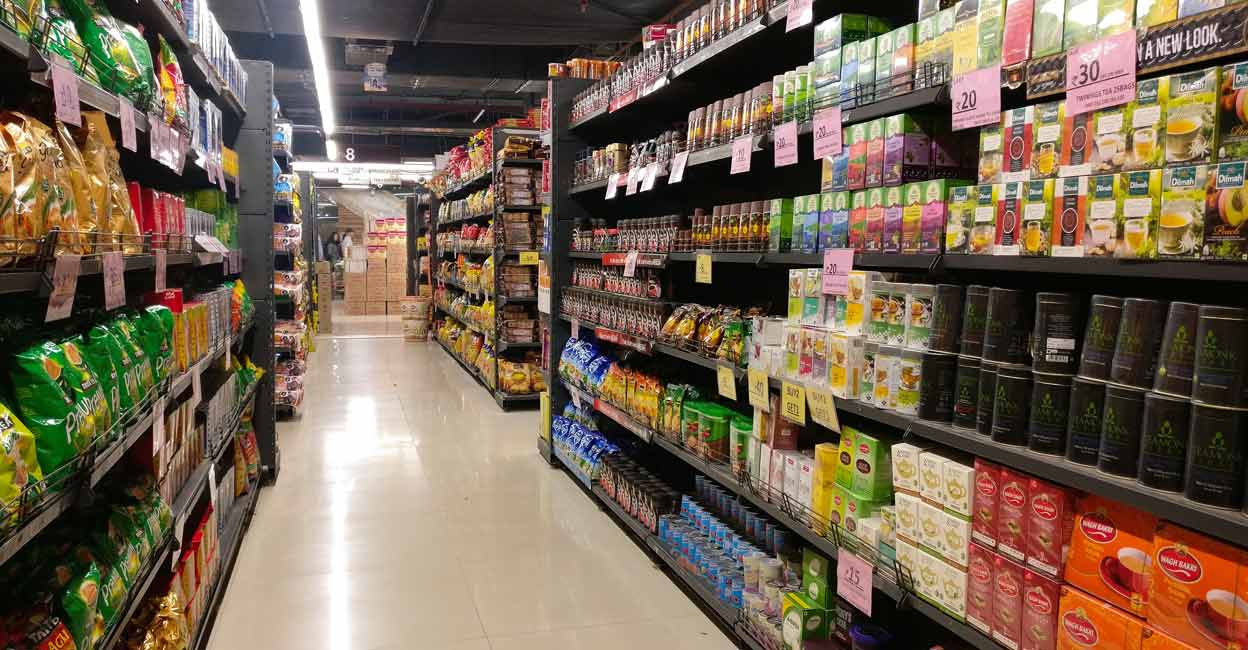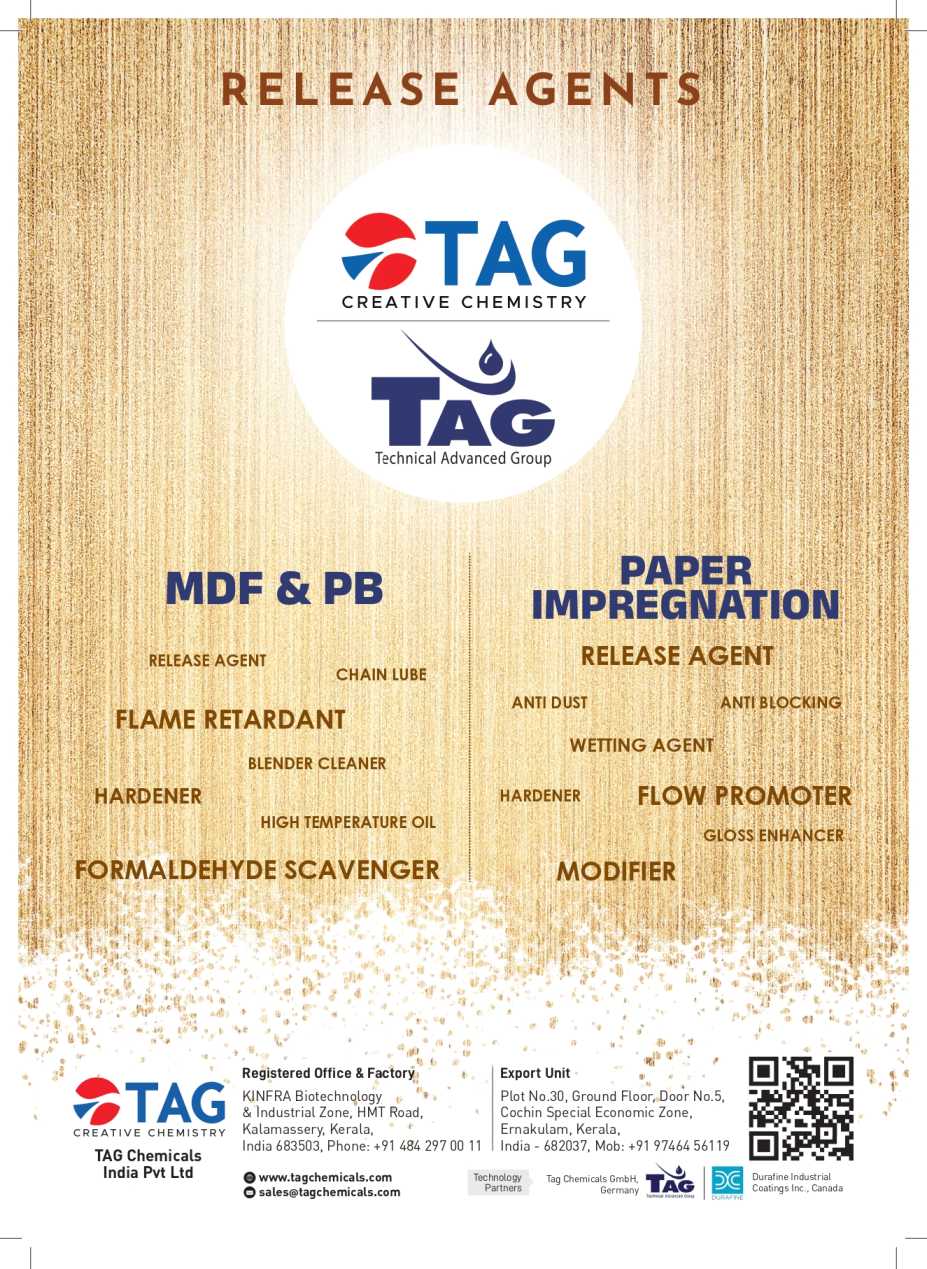
‘unit sale price’ for packaged commodities
- नवम्बर 10, 2021
- 0
To help consumers make a conscious purchase decisions as well as lessen compliance burden on industry players, the Union consumer affairs ministry has amended the Legal Metrology (Packaged Commodities) Rules, 2011, whereby companies will be required to print ‘unit sale price’ on the packaged commodities.
Today, consumers buying 3.5 kg packaged rice flour or 88 grams biscuit packet might well be struggling to make out whether the product is exactly costly or cheap in comparison with other offerings. Come April next year, it will be much more easy for the consumers to ascertain the cost in unit terms.
Companies selling packaged commodities with a quantity of more than one kilogram should print ‘unit sale price’ per kg along with the maximum retail price (MRP), a senior consumer affairs ministry official said.
For example, a packaged wheat flour of 2.5 kg should have an unit sale price per kg along with the total MRP. Similarly, a packaged commodity of less than one kg quantity should have ‘unit sale price’ per gram along with the total MRP of the product.
Seeking to ease the compliance requirements, the ministry has scrapped the schedule 2 of the rules under which 19 types of commodities were to be packed in quantities by weight, measure or number in a specified manner. As per that rule, rice or wheat flour for example were required tobe packed in 100 gram, 200 gram, 500 gram and 1 kg , 1.25 kg, 1.5kg. 1.75 kg, 2kg, 5kg and thereafter in multiples of 5kg.
“But, the industry wanted to sell in different quantities and were seeking approval from the ministry. Some were approved and some were not. To give flexibility, the Schedule 2 of the rules has been scrapped and, we have brought the unit sale price concept,” the official said.
पैक वस्तुओं के लिए ‘इकाई बिक्री मूल्य‘
उपभोक्ताओं को एक सचेत खरीद निर्णय लेने में मदद करने के साथ-साथ उद्योग के खिलाड़ियों पर अनुपालन बोझ कम करने के लिए, केंद्रीय उपभोक्ता मामलों के मंत्रालय ने कानूनी मेट्रोलॉजी (पैकेज्ड कमोडिटीज) नियम, 2011 में संशोधन किया है, जिसके तहत कंपनियों को पैक सामान पर ‘यूनिट बिक्री मूल्य’ प्रिंट करने की आवश्यकता होगी।
आज, 3.5 किलो चावल का आटा या 88 ग्राम बिस्किट का पैकेट खरीदने वाले उपभोक्ताओं को यह पता लगाने के लिए संघर्ष करना पड़ता है कि उत्पाद अन्य पेशकशों की तुलना में वास्तव में महंगा है या सस्ता है। अगले साल अप्रैल में, उपभोक्ताओं के लिए इकाई के संदर्भ में लागत का पता लगाना बहुत आसान हो जाएगा।
उपभोक्ता मामलों के मंत्रालय के एक वरिष्ठ अधिकारी ने कहा कि एक किलोग्राम से अधिक की मात्रा के साथ पैकेज्ड कमोडिटी बेचने वाली कंपनियों को अधिकतम खुदरा मूल्य (एमआरपी) के साथ प्रति किलोग्राम ‘इकाई बिक्री मूल्य’ प्रिंट करना होगा।
उदाहरण के लिए, 2.5 किलो के एक पैकेटबंद गेहूं के आटे का कुल एमआरपी के साथ प्रति किलो इकाई बिक्री मूल्य होना चाहिए। इसी तरह, एक किलो से कम मात्रा के पैकेज्ड कमोडिटी में उत्पाद के कुल एमआरपी के साथ प्रति ग्राम ‘इकाई बिक्री मूल्य’ होना होगा।
अनुपालन आवश्यकताओं को आसान बनाने के लिए, मंत्रालय ने नियमों की अनुसूची 2 को रद्द कर दिया है जिसके तहत 19 प्रकार की वस्तुओं को एक निर्दिष्ट तरीके से वजन, माप या संख्या द्वारा मात्रा में पैक किया जाना था। उस नियम के अनुसार, चावल या गेहूं के आटे को 100 ग्राम, 200 ग्राम, 500 ग्राम और 1 किलो, 1.25 किलो, 1.5 किलो 1.75 किग्रा, 2 किग्रा, 5 किग्रा और उसके बाद 5 किग्रा में पैक करना आवश्यक था। के गुणकों में।
“लेकिन, उद्योग अलग-अलग मात्रा में बेचना चाहता था और मंत्रालय से मंजूरी मांग रहा था। कुछ को मंजूरी मिली और कुछ को नहीं। लचीलापन देने के लिए, नियमों की अनुसूची 2 को समाप्त कर दिया गया है और, हम इकाई बिक्री मूल्य अवधारणा लाए हैं, ”अधिकारी ने कहा।
![]()
![]()
![]()

































































